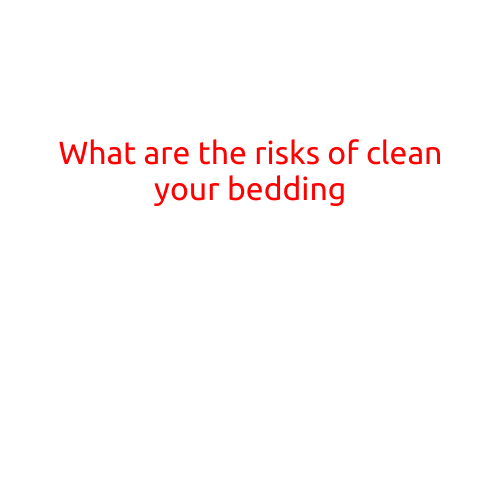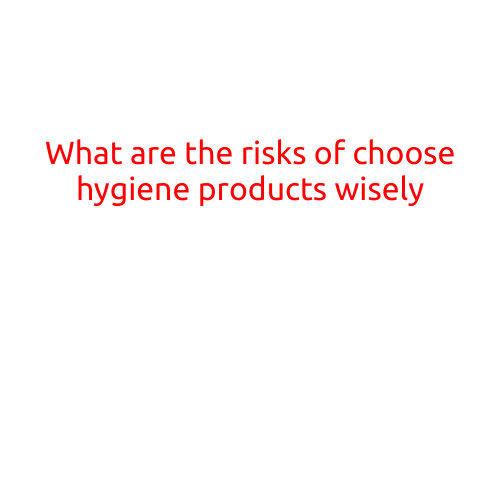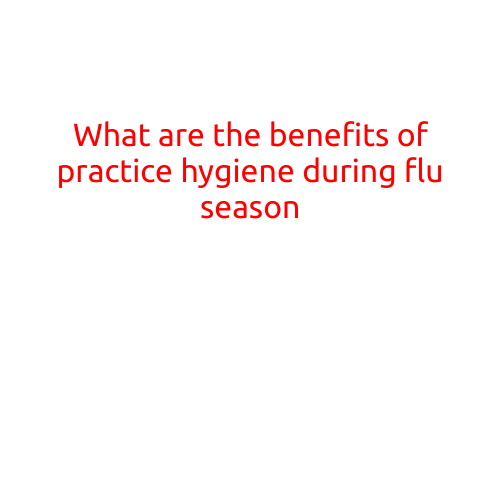
What are the Risks of Cleaning Your Bedding?
When it comes to maintaining a clean and hygienic sleep environment, cleaning your bedding is an essential part of the process. However, many of us may not realize that this seemingly harmless activity can pose certain risks to our health and wellbeing. In this article, we will explore the potential risks associated with cleaning your bedding and provide some practical tips on how to minimize these risks.
Risk of Exposure to Allergens and Irritants
Cleaning your bedding can stir up allergens and irritants like dust mites, mold, and mildew, which can exacerbate respiratory issues such as asthma and allergies. These microorganisms thrive in warm, humid environments, making bedding the perfect breeding ground. When you clean your bedding, you can inadvertently release these allergens and irritants into the air, potentially making your symptoms worse.
Risk of Skin Irritation and Allergic Reactions
The detergents, fabric softeners, and other cleaning products used to clean your bedding can cause skin irritation and allergic reactions. Fragrances, dyes, and other chemicals in these products can trigger contact dermatitis, itching, and redness. Additionally, the friction and scrubbing action of cleaning can also cause micro-tearing of the skin, leading to irritation and inflammation.
Risk of Bed Bug Infestations
Cleaning your bedding can also inadvertently spread bed bugs, which are notoriously difficult to eliminate. When you wash and dry your bedding, you can inadvertently move these pests to other areas of your home, including other beds, furniture, and even clothing. This can lead to a full-blown infestation, which can be costly and stressful to treat.
Risk of Mold and Mildew Growth
If you don’t dry your bedding properly, mold and mildew can grow, leading to unpleasant odors, stains, and potentially even health issues. These fungi thrive in warm, humid environments, and can spread quickly if not addressed promptly. Cleaning and drying your bedding with proper ventilation and cleaning products can help minimize the risk of mold and mildew growth.
How to Minimize the Risks of Cleaning Your Bedding
While cleaning your bedding is essential, you can take steps to minimize the risks associated with this activity. Here are some practical tips to help you get the job done while protecting your health and wellbeing:
- Use gentle cleaning products: Choose hypoallergenic and fragrance-free cleaning products that are designed for sensitive skin and allergies.
- Wash in hot water: Wash your bedding in hot water (at least 130°F) to kill dust mites, mold, and mildew.
- Dry completely: Dry your bedding completely to prevent moisture buildup and mold growth. You can use a dryer or hang it outside to air dry.
- Avoid over-cleaning: Avoid washing your bedding too frequently, as this can strip it of its natural oils and cause irritation.
- Consider professional cleaning: If you have a severe allergy or asthma, consider hiring a professional cleaner who specializes in allergen removal.
In conclusion, while cleaning your bedding is an essential part of maintaining a clean and hygienic sleep environment, it’s essential to be aware of the potential risks associated with this activity. By taking steps to minimize these risks, you can reduce your exposure to allergens, irritants, and microorganisms, and create a healthier and more comfortable sleep environment for yourself.





